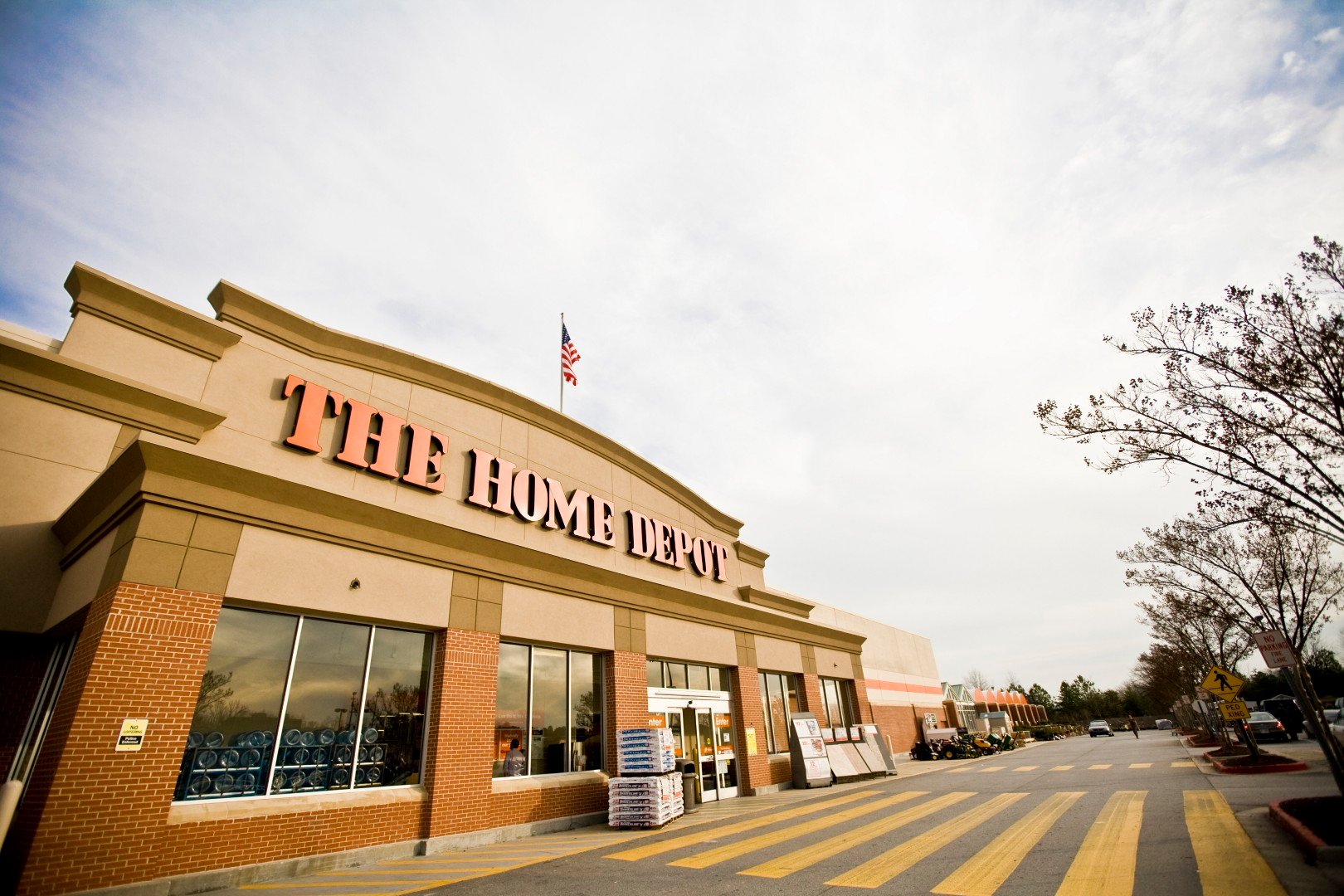To a greater extent than many other retailers, Home Depot (HD 0.43%) and Lowe's (LOW 0.45%) have stocks that benefit from economic growth. Both of their sales and profit figures have surged since the housing market began its latest rally about a decade ago.
The companies each see room for years of additional gains, thanks to supportive trends in metrics like home prices, the age of housing stock, and household formation rates. Yet there are wide gaps in operating and financial performance between these two retailers that might lead investors to favor the stronger, but more expensive, industry leader.
Home Depot vs. Lowe's stocks
|
Metric |
Home Depot |
Lowe's |
|---|---|---|
|
Market cap |
$229 billion |
$82 billion |
|
Sales growth |
7% |
4% |
|
Operating profit margin |
14.5% |
9.6% |
|
Dividend yield |
2.4% |
2% |
|
Forward P/E |
21 |
18 |
Sales growth is at existing locations in the last complete fiscal year. Profit margin is for the most recent completed fiscal year. Data sources: Company financial filings and S&P Global Market Intelligence.
Winning the battle for market share
Home Depot consistently beats its smaller peer across key operating metrics. It grew sales at a blistering 7% last year, compared to Lowe's 4% boost. Home Depot's customer traffic trends were far stronger in 2017 at 2.2%, versus Lowe's 0.8% uptick.
These performance gaps persisted through fiscal 2017 despite Lowe's increasingly aggressive attempts to arrest its market-share slide. And, while initiatives like expanded operating hours and reducing prices didn't achieve that result, the moves did ensure that Home Depot's earnings power stayed well ahead of its peer's.
Operating margin ticked up to 14.5% of sales last year, while Lowe's comparable figure stayed stuck in the single digits. On the bottom line, Home Depot converts over 8% of its sales into earnings, while Lowe's manages a net margin of less than 5%.
The wide financial gap
Home Depot boasts the more attractive financial profile, too. CEO Craig Menear and his team have a long track record of smart capital allocation that lately used cheap debt to reduce the outstanding share count and boost returns on invested capital.

Image source: Getty Images.
Income investors, meanwhile, can receive a higher dividend yield (2.4%, compared to 2%) by purchasing Home Depot over Lowe's. The market leader also promises to send a larger portion of its earnings back to shareholders as dividends. Its payout target is 55%, compared to Lowe's 35%.
Why choose Home Depot
Investors must pay up for the privilege of owning the market-share leader. Home Depot's stock is valued at 21 times expected earnings, compared to 18 for Lowe's. That valuation disparity is even larger when you look at revenue, with Home Depot's price-to-sales ratio at 2.3, against Lowe's 1.2.
The significant discount might lead investors to prefer Lowe's today, especially now that a new management team is taking over. After all, there are good reasons to be optimistic that the executive change will bring improved market share and higher cash returns over the next few years.
However, the safer bet is Home Depot, in my opinion, which is on pace to generate $120 billion in annual sales by 2020 as operating margin cracks 15% of that figure. Yes, Home Depot faces a new challenge now that its former executive is the CEO at Lowe's. But until Lowe's can show sustained progress at closing the growth and profitability gaps between the two companies, there's no reason for investors to start assigning its stock the same premium that Home Depot has earned over the years.







